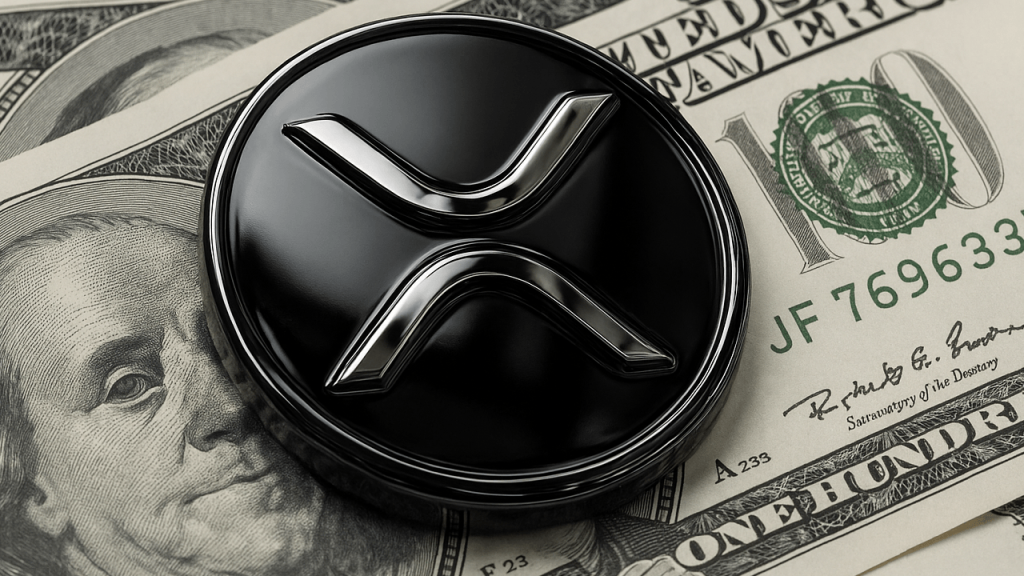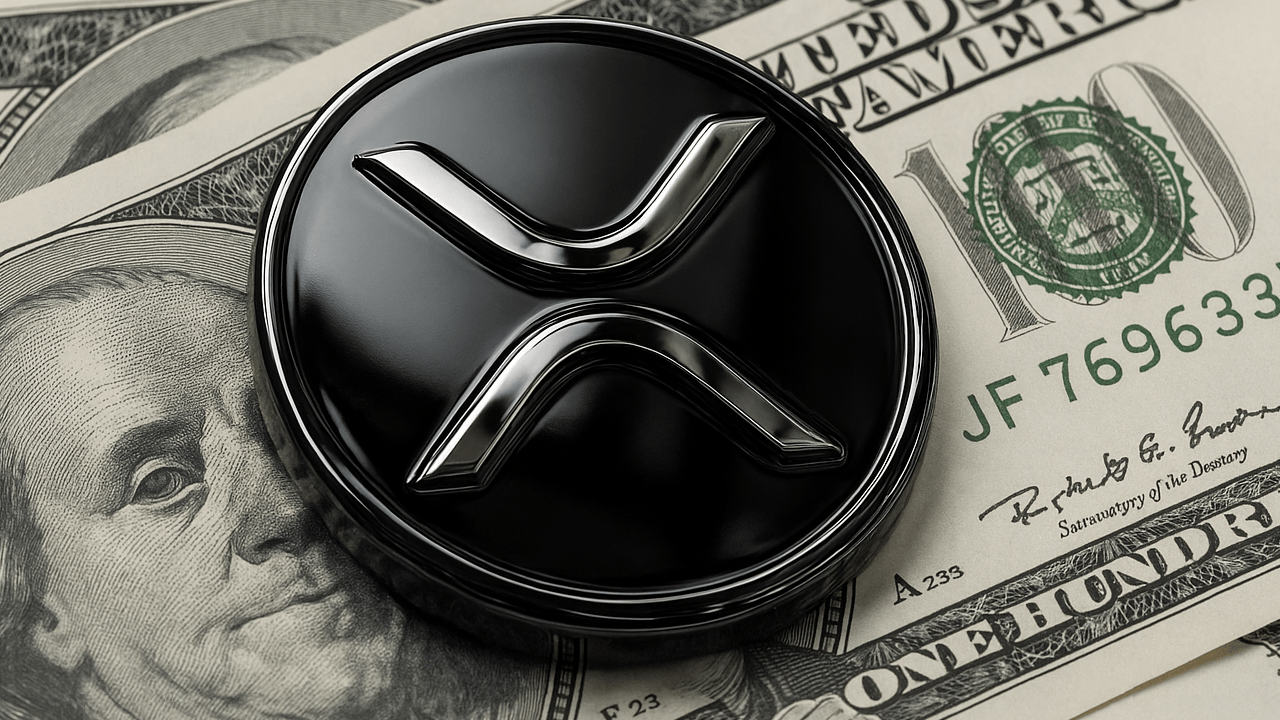
XRP: Navigating the Present and Speculating on the Future
Introduction
In the ever-evolving landscape of cryptocurrencies, XRP stands out as a digital asset with a unique value proposition. While Bitcoin and Ethereum often dominate the headlines, XRP has carved out its own niche, particularly in the realm of cross-border payments. This report delves into the current market dynamics, the factors influencing its price, the ongoing debate surrounding its potential uses, and the future prospects of XRP.
Current Market Dynamics and Price Performance
Price and Sentiment
XRP has shown significant price appreciation over the past year, outperforming Bitcoin in some instances. This surge can be attributed to several factors, including Ripple’s partial legal victory against the U.S. Securities and Exchange Commission (SEC). This victory has bolstered investor confidence, leading to a rally in XRP’s price. However, despite these gains, XRP’s all-time high remains a distant target. To surpass its inflation-adjusted peak from 2018, XRP would need to rally substantially, highlighting the challenge it faces in overcoming its past performance and achieving new heights.
Utility and Adoption
XRP’s primary utility lies in its ability to facilitate fast and reliable cross-border payments. Ripple’s technology aims to streamline international transactions, reducing costs and settlement times compared to traditional systems. This utility has found favor among institutions seeking efficient payment solutions. The XRP Ledger (XRPL) supports this functionality, offering a decentralized platform for these transactions. The adoption of XRP by financial institutions is a testament to its potential in the financial sector.
The Great Debate: Digital Dollar and XRP’s Role
Speculation and Alliances
A recurring theme in the XRP narrative is its potential role in a future digital dollar system. The “XRP Army,” a dedicated community of XRP supporters, actively promotes the idea that Ripple’s XRP Ledger could serve as the foundation for a U.S. central bank digital currency (CBDC). This speculation intensified following the release of a White House report on digital assets. Proponents point to Ripple’s advancements in stablecoins and strategic alliances with various financial institutions as evidence of its suitability for a digital dollar infrastructure.
Fact vs. Fiction
However, claims that XRP will replace the U.S. dollar, particularly those circulating on social media, require careful scrutiny. While Ripple has established partnerships with various financial institutions, there is no concrete evidence that Congress is adopting XRP as the new U.S. dollar. The idea of XRP becoming the backbone of a digital dollar system remains speculative and should be approached with caution.
Ripple’s Strategic Moves and Challenges
National Trust Bank Ambitions
Ripple Labs is actively pursuing various initiatives to expand its reach and influence in the financial landscape. One of its aspirations is to become a national trust bank. This ambition presents a unique challenge, as Ripple holds a significant amount of XRP on its balance sheet. This raises questions about potential conflicts of interest and the overall stability of its financial operations. The company’s strategic moves, such as its partnership with the National Trust Bank, are steps towards achieving this goal.
Competition and Controversy
Ripple’s efforts to promote XRP have encountered criticism from some quarters. Accusations have surfaced that Ripple is prioritizing its corporate interests over national benefits, particularly concerning the U.S. Bitcoin Strategic Reserve initiative. This controversy highlights the delicate balance Ripple must maintain between its commercial interests and its role in the broader financial ecosystem.
XRP Ledger: Centralization and Technological Advancements
Energy Efficiency and Scalability
The XRP Ledger (XRPL), the underlying blockchain technology supporting XRP, offers several advantages, including energy efficiency and transaction speed. Unlike Bitcoin, which relies on energy-intensive proof-of-work mining, the XRPL uses a consensus algorithm that consumes significantly less electricity. This makes it a more sustainable option for payment processing. Its ability to handle a high volume of transactions contributes to its appeal for institutional use.
Centralization Concerns
Despite its technical strengths, the XRPL faces criticism for its relatively centralized nature. This contrasts with the decentralized ethos of many other cryptocurrencies. The XRPL’s consensus mechanism, which relies on a network of trusted validators, has been a point of contention among critics who argue that it undermines the decentralized principles of blockchain technology.
XRP as a Bridge Between Crypto and Traditional Finance
Institutional Adoption and Payments
The convergence of cryptocurrency and traditional finance is a significant trend, and XRP is well-positioned to play a role in this evolution. XRP has gained traction as a functional, regulated, and widely used asset in institutional payments. Its ability to facilitate cross-border transactions efficiently makes it attractive to financial institutions seeking to modernize their payment infrastructure. This adoption is a testament to XRP’s potential to bridge the gap between the traditional financial system and the emerging world of cryptocurrencies.
Dismantling Dollar Dominance
Some analysts suggest that governments are exploring XRP as a settlement layer to bypass the U.S. dollar in international trade. This indicates a growing interest in alternative financial systems that reduce reliance on traditional currencies. The potential for XRP to facilitate transactions in a multi-currency environment could challenge the dominance of the U.S. dollar in global trade.
Future Outlook: Predictions and Possibilities
Regulatory Clarity and ETF Prospects
The regulatory landscape surrounding cryptocurrencies is constantly evolving. Clearer regulations regarding stablecoins and the potential introduction of spot XRP ETFs could legitimize the cryptocurrency and attract further investment. The SEC’s ongoing scrutiny of Ripple and XRP highlights the importance of regulatory clarity for the future of XRP.
Long-Term Growth Potential
Over the next decade, XRP could experience substantial growth, driven by increased adoption, favorable regulatory developments, and its continued use in cross-border payments. The potential for XRP to become a widely accepted medium of exchange in the financial sector is a significant factor in its long-term growth prospects.
The Evolving Crypto Landscape
The cryptocurrency market is dynamic and subject to rapid change. As the industry matures, XRP’s ability to adapt and innovate will be critical to its long-term success. The evolving landscape of digital assets presents both opportunities and challenges for XRP, and its future will depend on how it navigates these changes.
Conclusion: XRP’s Enduring Presence
XRP occupies a unique position within the cryptocurrency ecosystem. While debates about its ultimate utility and potential continue, its presence as a functional and widely-used asset is undeniable. Whether it becomes the backbone of a digital dollar system or simply a facilitator of efficient cross-border payments, XRP’s journey will undoubtedly be one to watch in the years to come. XRP’s path is not paved in gold, but etched in possibility.





